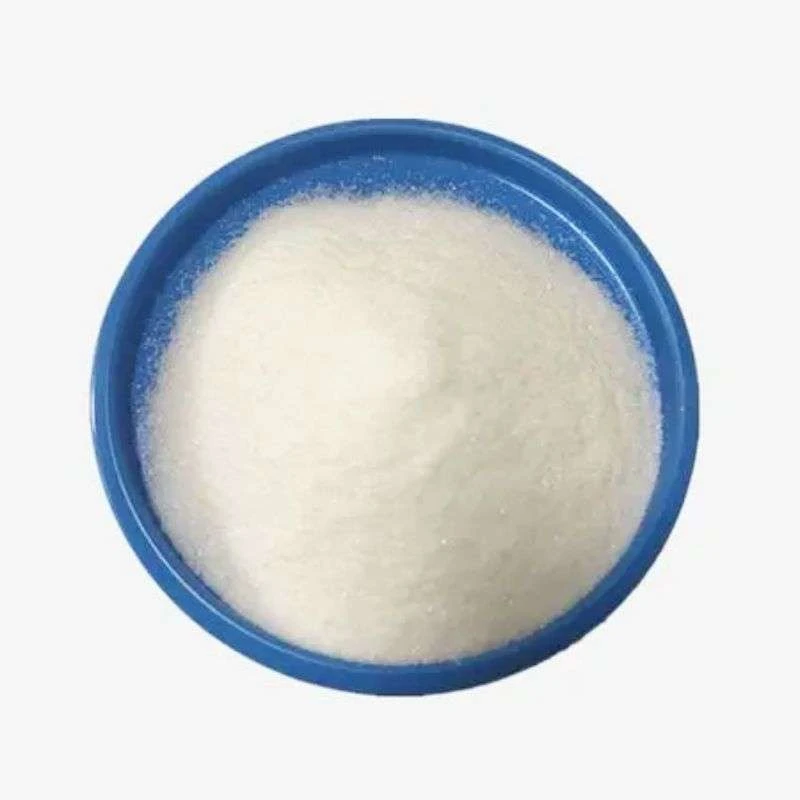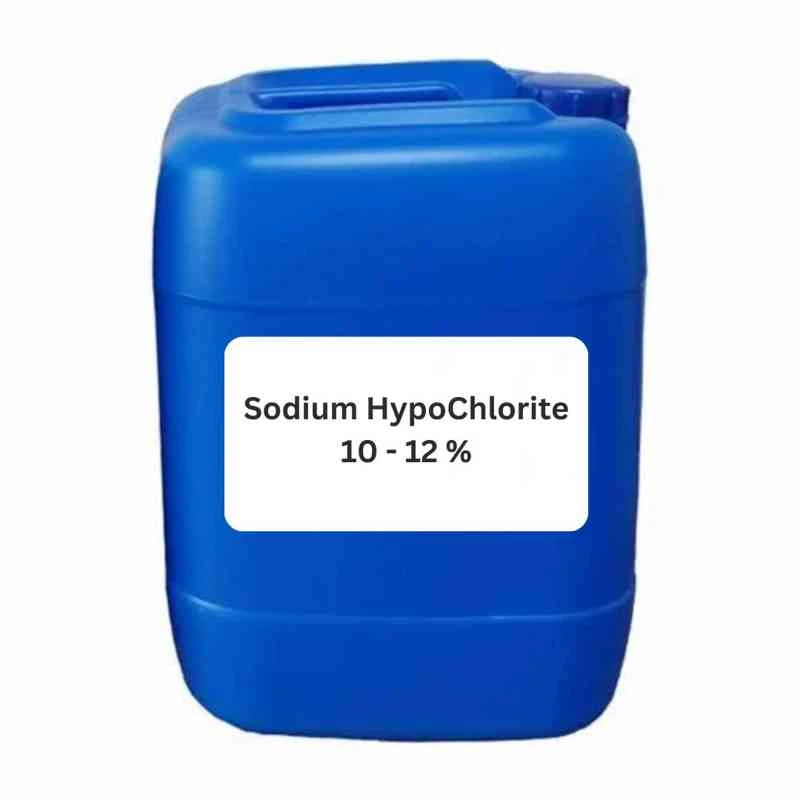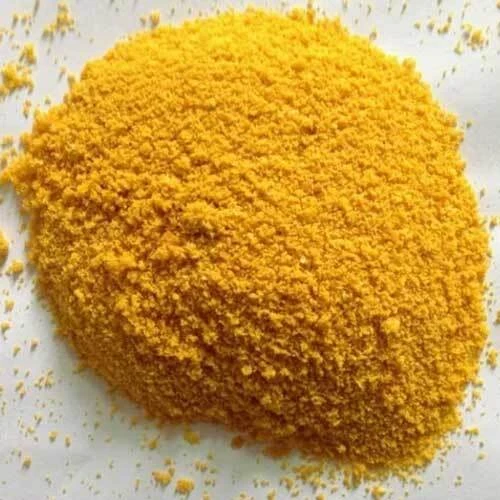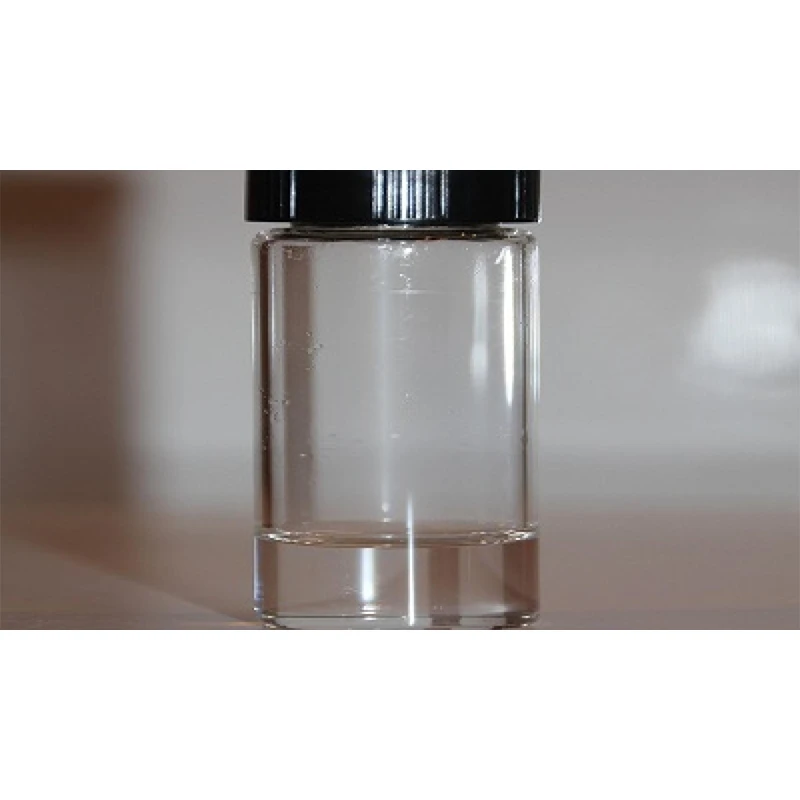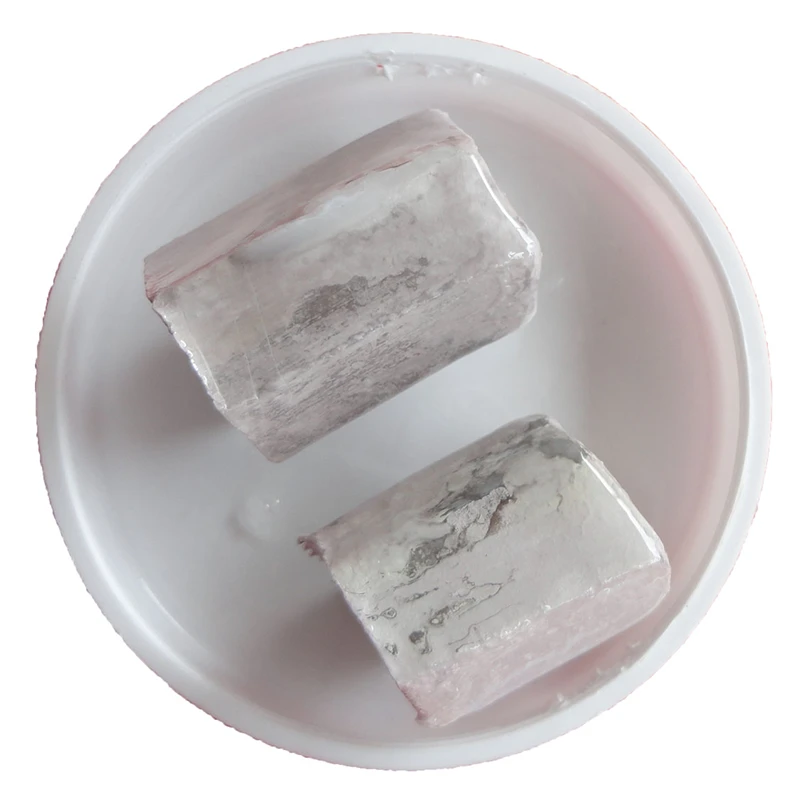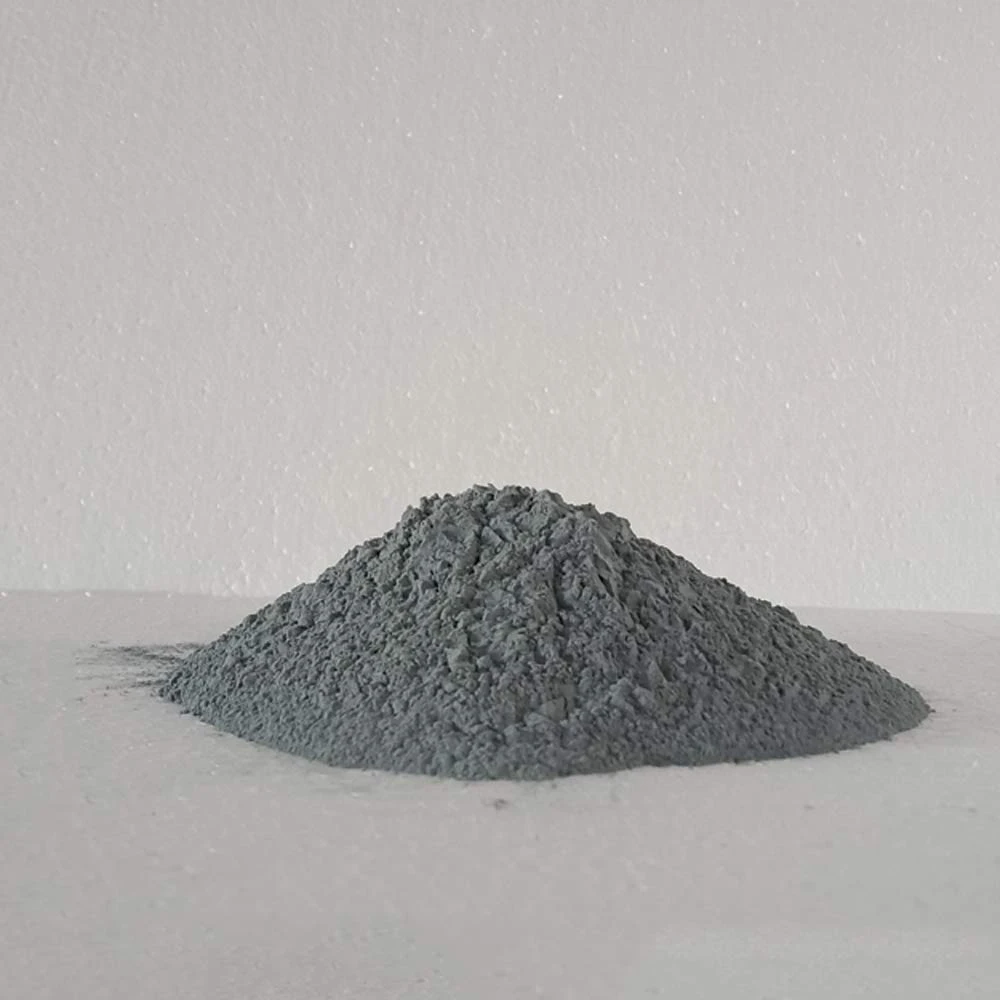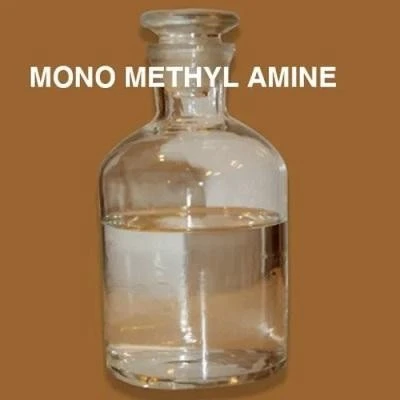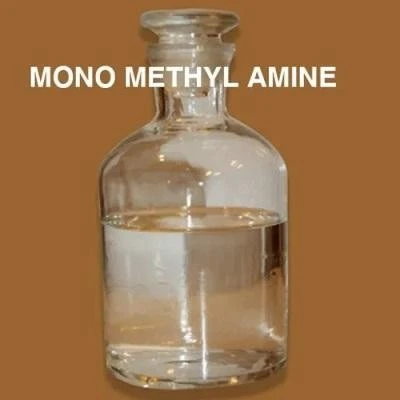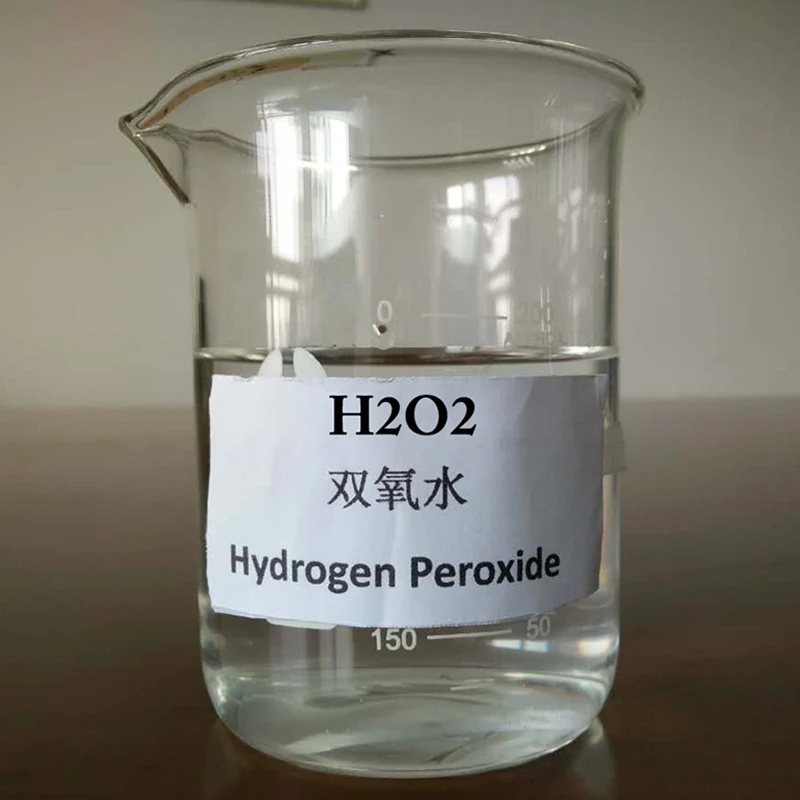


Imidacloprid Insecticide: A Model of Highly Effective Systemic Insecticides
In the field of agricultural pest control, Imidacloprid Insecticide, as an important systemic insecticide, has become a key support for ensuring the healthy growth of crops due to its unique mode of action and significant control effects.
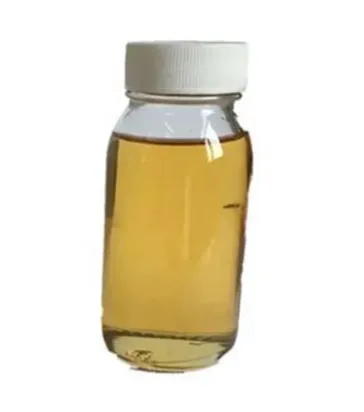
Imidacloprid Insecticide has unique chemical properties and mechanisms of action
Imidacloprid products belong to the class of nicotine insecticides, and their chemical structure can specifically bind to nicotinic acetylcholine receptors in the insect nervous system, interfere with the transmission of neural signals in insects, and cause symptoms such as paralysis and spasms, ultimately leading to death. This mode of action has a high degree of selectivity, significant killing effect on pests, low toxicity to mammals and beneficial insects, and high safety.
As a systemic insecticide, Imidacloprid Insecticide's conductive properties give it a unique advantage in pest control
Imidacloprid systemic insecticide can be absorbed through plant roots, stems, leaves, and other parts, and quickly transmitted to various tissues and organs within the plant, including leaves, flowers, fruits, etc. When pests feed on any part of plants, they ingest Imidacloprid Insecticide, thereby exerting insecticidal effects. This systematic transmission characteristic enables Imidacloprid Insecticide to not only control foliar pests, but also effectively control boring pests and underground pests, with a wider range of control.
Imidacloprid Insecticide is suitable for controlling various crops and pests
In rice cultivation, imidacloprid pesticide can effectively prevent and control piercing sucking pests such as rice planthoppers and leafhoppers; In vegetable cultivation, it has a good control effect on pests such as aphids, whiteflies, thrips, etc; In fruit tree cultivation, it can cope with common pests such as aphids and scale insects. In addition, it can also be used for pest control of crops such as cotton, wheat, and corn, with a wide variety of crop types and a wide range of control targets.
Imidacloprid Insecticide exhibits many advantages during use
Merit Imidacloprid has a rapid insecticidal effect, which can be activated within a short period of time after contact or feeding by pests. It can quickly control the population of pests and reduce their harm to crops. The shelf life is relatively long, and a single application can continue to exert insect control effects for a longer period of time, reducing the number of applications and lowering pesticide usage and labor costs. At the same time, its use methods are flexible and diverse, and can use spray, seed dressing, root irrigation and other methods to meet the needs of different crops and planting scenarios.
With the deepening of the concept of green development in agriculture, the application of Imidacloprid Insecticide is also constantly being optimized. Researchers study its degradation pathways and residual patterns in the environment, develop scientific usage standards, and reduce its impact on the ecological environment. At the same time, we continuously explore the rational combination and use with other pesticides to delay the development of pest resistance and improve the sustainability of control effectiveness.
In summary, Imidacloprid Insecticide, as a systemic insecticide, plays an important role in agricultural pest control due to its unique mechanism of action, wide range of applications, significant control effects, and flexible usage methods. In future agricultural production, it will continue to contribute to ensuring crop yield and quality, while achieving sustainable development under the premise of scientific use and environmental protection.
Imidacloprid Insecticide FAQs
What is Imidacloprid Infection? How does it work?
Imidacloprid Insecticide is a new nicotine based systemic insecticide that achieves insecticidal effects by interfering with the nervous system of pests. Its mechanism of action is to selectively activate nicotinic acetylcholine receptors on insect nerve cells, leading to continuous transmission of neural signals and ultimately causing paralysis and death of pests. Due to its weak binding affinity with mammalian receptors, it is relatively safe for humans and livestock. Imidacloprid Insecticide has systemic properties and can be absorbed by plants and transmitted to various parts, thereby protecting the entire plant from the invasion of piercing sucking mouthparts pests.
Which pests is Imidacloprid Insecticide suitable for controlling?
Imidacloprid Insectide has excellent control effects on various piercing sucking mouthparts pests, including aphids, planthoppers, leafhoppers, whiteflies, thrips, etc. In addition, it also has certain control effects on some Coleoptera pests (such as beetle larvae) and some Lepidoptera larvae. Due to its intrinsic absorption and conduction characteristics, Imidacloprid Insectide is particularly suitable for seed treatment, soil application or foliar spray, which can protect crops from hidden pests for a long time.
What are the precautions for using Imidacloprid Insecticide?
Although Imidacloprid Insecticide has low toxicity to mammals, strict adherence to safety operating procedures is still necessary. When applying pesticides, protective clothing should be worn to avoid direct contact with the drug solution. It is not recommended to use it during the flowering period of crops with frequent bee activity to avoid harm to pollinating insects. In addition, long-term single use may lead to pest resistance, and it is recommended to rotate the use with insecticides with other mechanisms of action. When storing, it should be placed in a cool and dry place, away from children and food.
How long is the residual period of Imidacloprid Insecticide in the environment?
The half-life of Imidacloprid Insecticide in soil is about 40-190 days, and the specific degradation rate depends on soil type, temperature, and humidity. Its residual period in plants is usually 14-21 days, but may be longer in some crops. It has strong water solubility (0.51 g/L), so caution should be taken when using it near wetlands or water bodies to avoid contaminating water sources. Reasonable use of dosage and frequency of application can effectively control environmental residual risks.
What are the advantages of Imidacloprid Insecticide compared to other insecticides?
The advantage of Imidacloprid Insecticide lies in its high efficiency and broad spectrum, with very low doses effectively controlling pests. Its internal suction characteristics enable the pesticide to reach areas not covered by the spray, and have a significant effect on hidden pests. Compared with organophosphate or pyrethroid insecticides, it has less impact on non target organisms and no irritating odor. In addition, Imidacloprid Insectide can be applied in a variety of ways (such as seed dressing, root irrigation, spray), which is flexible in use and has a long duration, and can reduce the frequency of application.
-
Sodium Chlorate: A multifunctional chemical product with chlorine dioxide preparation as its coreニュースAug.15,2025
-
Potassium Permanganate: An Efficient Oxidant in Laboratories and IndustriesニュースAug.15,2025
-
Imidacloprid Insecticida: A Highly Effective Insecticide Targeting the Insect Nervous SystemニュースAug.15,2025
-
Dmso Dimethyl Sulfoside: A Multi functional Assistant in Chemical SynthesisニュースAug.15,2025
-
3 5 Dichlorobenzoyl Chloride: a key intermediate in drug synthesisニュースAug.15,2025
-
Zinc Chloride: a reliable stabilizer for ice dye color salts in the dye industryニュースAug.11,2025
-
Propargyl Alcohol: A Multifunctional Chemical Additive in the Industrial FieldニュースAug.11,2025
